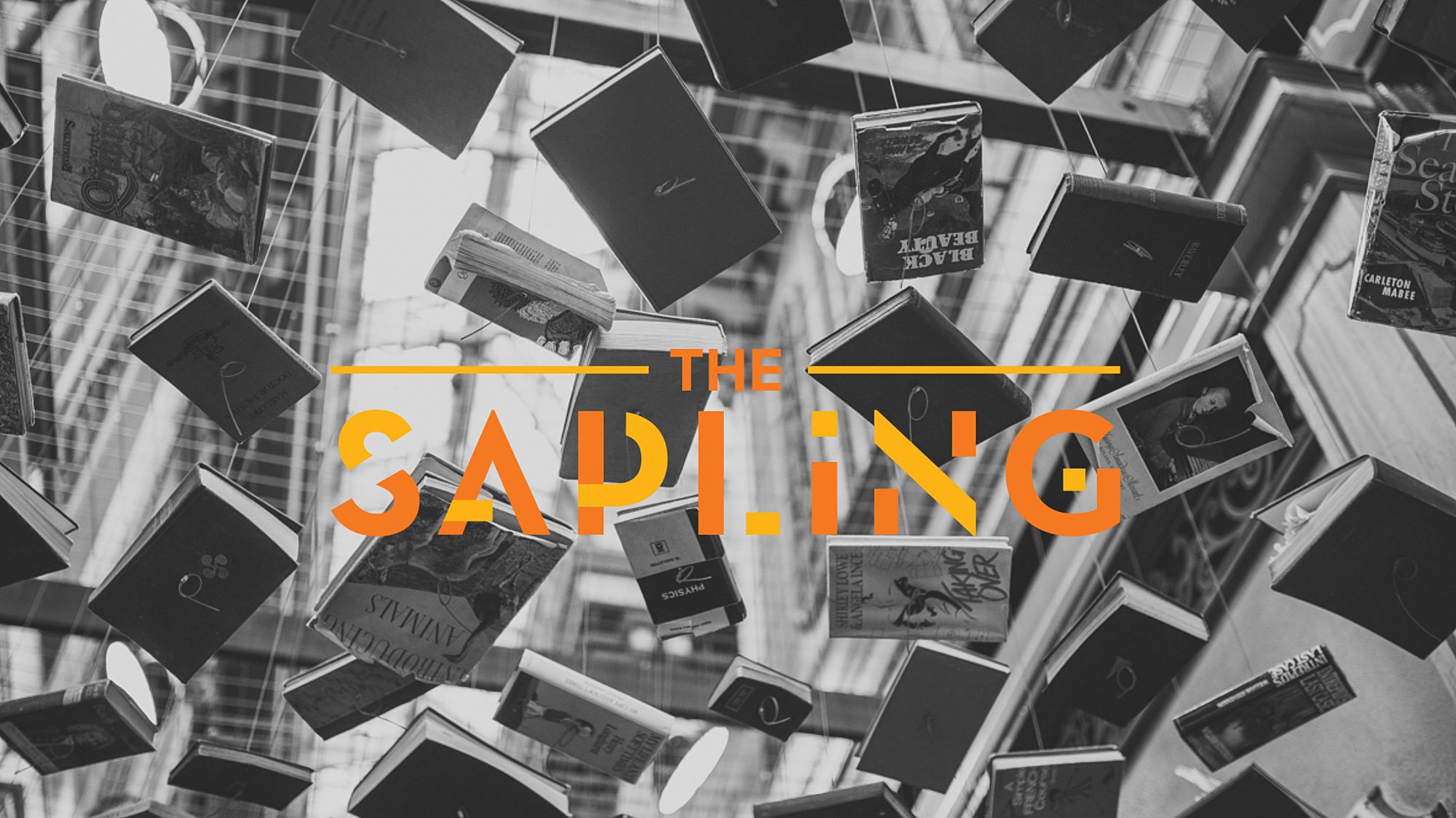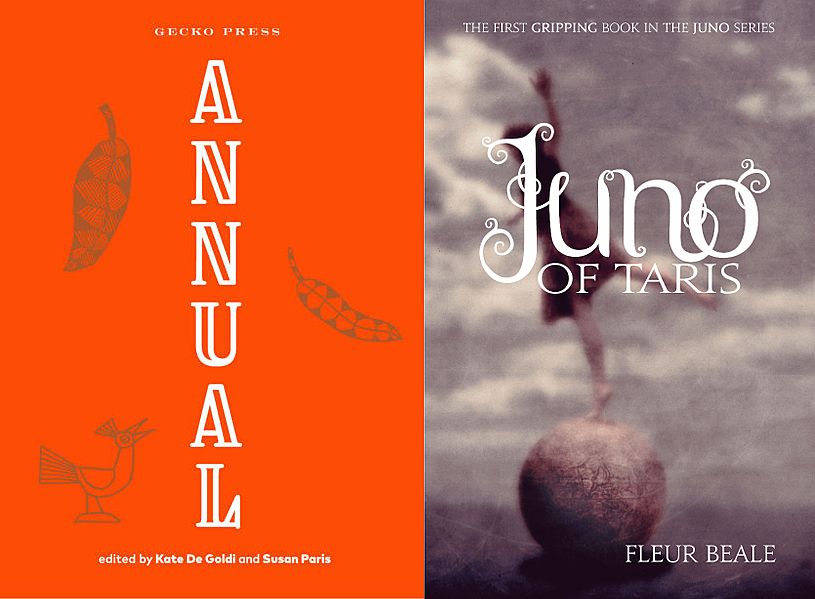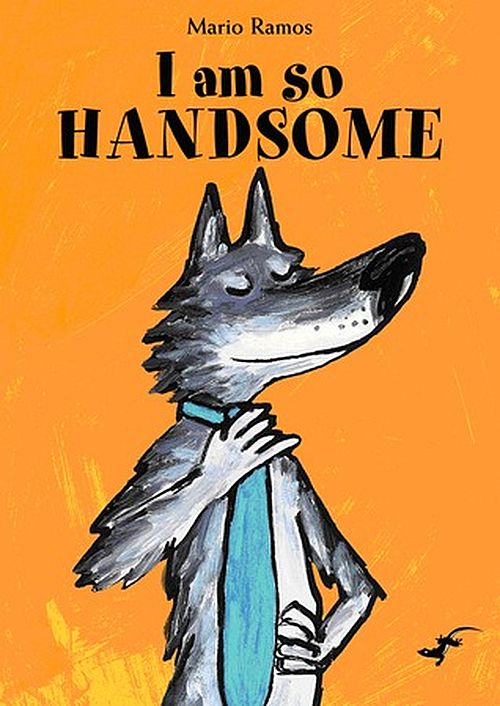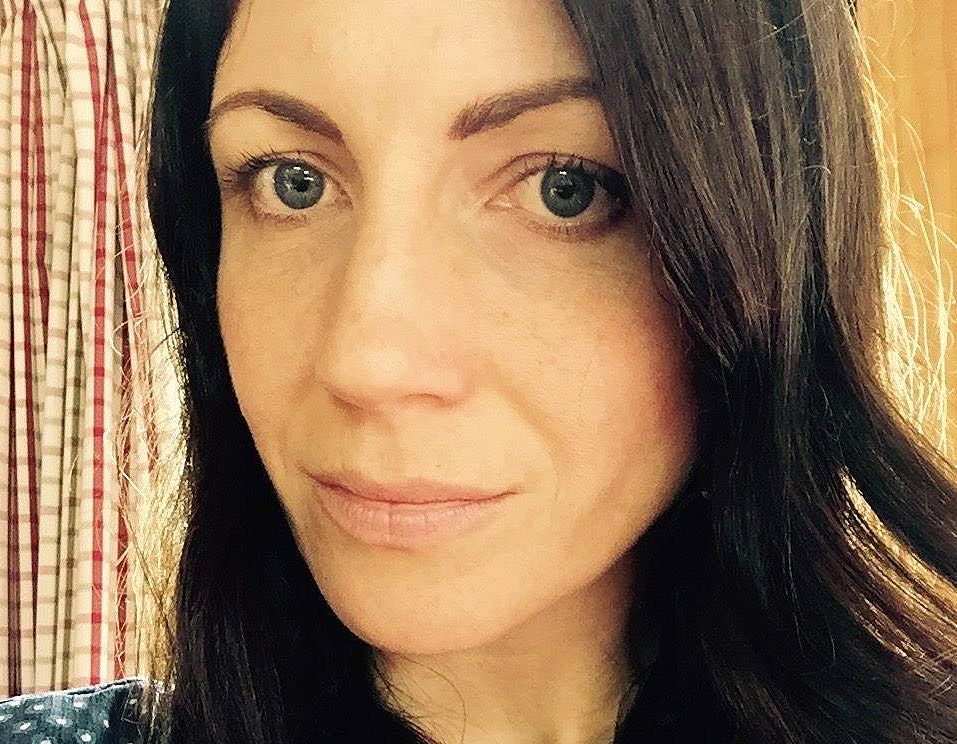Growing The Sapling: A Conversation with Jane Arthur and Sarah Forster
Books Editor Sarah Jane Barnett talks to Jane Arthur and Sarah Forster who have launched a new online magazine, The Sapling, to celebrate the excellence and diversity of children’s books in Aotearoa and abroad.
Last week, Jane Arthur and Sarah Forster launched a new online magazine, The Sapling. Their mission is to celebrate the excellence and diversity of children’s books in Aotearoa and abroad – a mission that obviously resonates with New Zealanders as the project was partially funded through a Boosted campaign.
Jane and Sarah have stated that children’s books deserve the same time and passion as books for adults, and with a combined twenty five years experience in the book industry, they would know. These are serious goals even if both women are often light-hearted, and the strong correlation between reading as a child and academic success (and let's not forget pleasure and imagination) is also serious. I sat down with Jane and Sarah to find out about The Sapling, what’s been happening behind the scenes, and how dogs and video shoots don't mix.
Sarah Jane Barnett: When I first heard you two were starting The Sapling I thought, that’s a partnership that makes sense. You both have such a love of children’s books. How did you meet? How did The Sapling begin?
Sarah Forster: We met a few years ago at a LIANZA awards after being aware of each other for years, but it wasn't until July last year that I thought we should start a children’s book blog after Jane had been talking about a children’s book festival. Jane went, ‘Yay, lets go for Creative NZ funding.’ The Sapling grew from there.
Jane Arthur: I think we didn't actually meet at those awards, but we were both live-tweeting for our work (Gecko Press for me, and Booksellers for you) and said ‘Hi’ to each other over Twitter! I was sitting a couple of rows behind you, I think. Hilariously enough, I'm pretty sure the first time we actually spoke was when we met about The Sapling after it had already got underway.
Really, the whole thing started via social media – me blurting out ‘OMG imagine if there was a children’s book festival in New Zealand like the ones for grown-ups,’ and you going ‘OMG yes, I've been thinking about how there should be a really good children’s-book-focussed in-depth blog,’ and then we kept messaging each other and agreeing with each other until here we bloody are! We have an online magazine about children’s books with dream contributors and a ridiculously supportive community.
What sort of features will you have on The Sapling?
Jane: We're trying to offer depth as well as entertainment. There'll be interviews with authors and illustrators – mostly local, but we have some international subjects lined up too. We’ll also have reviews of new books, with a focus on local. There'll be regular features about the childhood favourites of well-known New Zealanders, both from the literary world and outside, and regular opinion pieces where experts have free-rein to educate or rally the troops around a topic they feel strongly about; this slot will be called ‘The Reckoning,’ because it's where people will be able to write, ‘I reckon...’ There’s a monthly craft piece, excerpts from new local releases which we're calling ‘The Sampling,’ and a ‘tour’ of New Zealand via its school libraries.
Sarah: We'll also be doing one-offs – covering special events in the children’s book world, such as the Storylines Margaret Mahy Day at the start of April, and the Bologna Children’s Book Fair. We will link with travelling international children’s book authors for interviews, and will also pick up the passions of our followers: people can suggest a topic they'd like to hear more about.
We want to prove that there's artistry, thought, depth, and craft in kid’s books… Basically we're trying to get kid’s books to be considered as serious and fun at the same time.
Is the promotion of New Zealand children’s literature your main purpose? I’m currently reading my son Uncle Trev and his Whistling Bull by Jack Lasenby, and it’s set in New Zealand; it feels important that my son can see himself in the pages of the book.
Jane: I'm not sure about the ‘main purpose.’ I mean, we have a lot of ‘main’ purposes! Ultimately we want children’s literature to be valued. Half of this is due to serious readers and academics not always considering books for kids as being as proper as books for adults; we want to prove that there's artistry, thought, depth, and craft in kid’s books, both novels and picture books. The other half of the value equation is trying to get more of the general population interested in kid’s books. This may be the harder of the two halves, but who knows. Basically we're trying to get kid’s books to be considered as serious and fun at the same time.
But yes, by extension, it's really important to be promoting New Zealand stuff on our site. Partly because we live in this country, so of course we should start by highlighting what's in our backyard (no other country's going to do it for us). Partly because there's freaking excellent stuff being created here, and we want to help more people find out about it.
We also are allowing some reviews and essays talking about international books, both modern and classic, because this will help place the local books in an international context. We want to show that they're as good as the other stuff that's out there. By the way, I was the first to read the manuscript for that Uncle Trev book because it arrived when Julia [the publisher at Gecko Press] was overseas. I sat at my desk laughing and laughing and making the student we had helping us listen to me read entire chunks out loud. I still chuckle when I think about the bull not being able to whistle the high notes coz his voice was too low.
How do you think New Zealand children’s literature is faring economically and within the New Zealand consciousness, beyond stalwarts such as Lynley Dodd?
Jane: Sarah, I'll let you do this one.
Sarah: Economically, the books that sell, that make it into the overall top 10-type thing, are your David Walliams and your Jeff Kinney, and Andy Griffiths. There is a strong trend internationally for ‘middle-grade’ fiction. New Zealand's children’s literature is doing okay though, but the funny thing with our own children’s literature is that the bestsellers are those backlist classics. Year after year. When I started at Booksellers New Zealand, doing the charts each week, it astonished me. Now it just makes me a little down-hearted.
Our authors are amazing, as Jane said above: world-class. Kyle Mewburn is as good as Andy Griffiths; something close to Diary of a Wimpy Kid is out now in the form of Juliet Jacka's Frankie Potts stories. And then there are books that transcend comparisons: Annual, edited by Kate De Goldi and Susan Paris (actually most things by Kate De Goldi); Maurice Gee's Salt trilogy; Fleur Beale's Juno of Taris trilogy.
I think I am too close to the scene to make a reasonable judgement on how our kid’s literature is faring within the New Zealand consciousness: it's my favourite thing about New Zealand literature. My kids have got about 70% Kiwi literature (including translations by) on their shelves – the rest are international classics and meaty non-fiction of the type that regretfully doesn't seem to get published here frequently. But one thing we are certainly hoping to do with The Sapling is to make sure everybody understands how good we have it. And probably, in some of our ‘Reckonings,’ how good we won't have it if we don't buy our own literature.
Reading works in translation, for both kids and adults, is incredibly important. No matter the language translated from, they give us our world from a different perspective.
New Zealand children’s literature also includes books that have been translated from other languages, for example those published by Gecko Press. Will The Sapling explore the relationship between New Zealand and international children’s literature?
Jane: Absolutely. This is part of our vision – showing New Zealand literature as part of the whole, sneaking it into an international diet for those who are sceptical, and proving it's really good.
Sarah: Reading works in translation, for both kids and adults, is incredibly important. No matter the language translated from, they give us our world from a different perspective. This is a relationship we are certainly hoping to explore.
Illustration is a huge part of children’s literature. A book on repeat in my house is Instructions by Neil Gaiman, and at least half of story is told through Charles Vess’s illustrations. Will illustration and illustrators be part of The Sapling?
Jane: Yes, hopefully almost as much a part of the site as authors are! I think if authors and publishers bemoan the lack of press/review pages for books in general, they'd feel a lot better about their lot if they considered how it is for illustrators! They're so bloody clever and cool, we're excited about spotlighting their work and process.
For a start we have a monthly slot for an illustrator interview as well as monthly picture book reviews (both local and international, but a preference for local), as well as being open to other essays and pieces touching on illustration. We have illustrator Giselle Clarkson doing a monthly comic strip which at this stage looks like it's going to be about her genesis as an illustrator: the books she read as a kid and which shaped her as a woman, human, reader and illustrator.
Sarah: What Jane said! We love illustrators, and I don't recall the last time I saw anything in-depth about an illustrator and their processes (apart from editing what we have ready for March for The Sapling!). Illustrators are so important to a child's enjoyment of a picture book – it's where half of the meaning lies for us, but for them, it goes deeper. It's what they are looking at while we read them the words. And it is art, as writing is.
Illustrators are so important to a child's enjoyment of a picture book – it's where half of the meaning lies for us, but for them, it goes deeper. It's what they are looking at while we read them the words. And it is art, as writing is.
Getting a project like this off the ground is hard work. What's been going on behind the scenes? What are you learning?
Jane: We've learned that Facebook chat and Google Drive are priceless, and that there are even more lovers of kid’s books out there than we realised (and we knew there were loads). We’ve learned that people are generous in a number of ways, and that when you have an idea it's very hard to remain behind-the-scenes if you want other people to hear about it. We’ve learned that having full-time jobs imposes a very sensible limit on the amount of content we'll publish each month.
Sarah: I definitely agree on the Facebook and Google Drive front! We have met physically only about half a dozen times, and the rest has been done via Facebook messenger and Google Drive. We have learned we actually, truly, want to achieve the same thing, which is extraordinary. And we also learned the power of mass media: Our Stuff story was read by a critic in the USA, who told his critic friend, who is now writing for us.
Other than that, we learned that dogs and video shoots don't mix! We learned it takes three hours to script and shoot a one minute video about what you want to crowdfund, even when you have so much material to draw from and you are passionate about what you are doing! And that while crowdfunding is hard work, it's amazingly rewarding both in terms of money and in terms of support. The people who have supported us have done so with their own expressions of passion for children’s books, and we love them for it.
Finally, we all know that children’s books are as much for adults as anyone else. What are the children’s books that have moved you?
Jane: So many. I'm going to forget all of them now. Charlotte's Web, of course. Jellybean by Tessa Duder. Canoe in the Mist by Elsie Locke. I liked a lot of the real-life Arrow/Scholastic Book Club novels I chose from the catalogues during late primary, possibly the equivalent to Lifetime made-for-TV movies. And as an adult: Duck, Death and the Tulip. Tohby Riddle's picture books. Skellig by David Almond. Harriet the Spy kills me every time. Is this the best book ever written? At least the best book ever about a child's mental breakdown? I think it is.
Sarah: I've been thinking of that today – I asked the question on Twitter about what children’s books made people really fall in love with children’s books. As a kid, I was a great fan of The Babysitters Club and Famous Five, but formative books for me were Alex by Tessa Duder; The Halfmen of O by Maurice Gee; Allana The First Adventure by Tamora Pierce; The Door in the Air and Other stories by Margaret Mahy (still one of the most beautiful, eerie short stories collections on my re-read rota); and Harriet the Spy featured for me too. As an adult: Phillip Pullman's His Dark Materials; Neil Gaiman's The Sleeper and the Spindle (amazing); Barbara Else's The Travelling Restaurant; and countless picture books. A Kiwi/Aussie favourite that I adore is No Room for a Mouse by Kyle Mewburn and Freya Blackwood. So re-readable.




